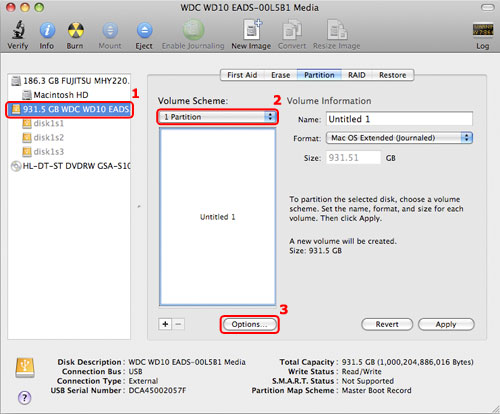

Important note: Please make sure you press the key combination correctly. Don't let go until you see the Apple logo loading screen or a spinning globe. Now turn it back on while holding down the Command+Option+R key combination. Also, backup everything, including your photos, videos, documents to a safe and secure location before proceeding.Ģ. The latest version of macOS High Sierra spans around 4GB or more therefore it will take some time to download if you have a slow connection at hand. Note: This explicitly requires an Internet connection without which this method won't work. So, in today's guide we will show you how you can install the latest and greatest version of macOS High Sierra via Internet Recovery, and it does not require any USB installers or anything else fancy. So, if your Mac originally shipped with Snow Leopard, then that is what will be installed even if the latest supported version is macOS High Sierra.

When it is done, backup the disk image to your online/local backup.The problem with the latter is that it will install a version of macOS that originally shipped with your notebook or desktop out of the box. Select Save the home folder in a disk image and Click Delete User. Access System Preferences→Users & Groups, and Clock minus button on the bottom in the left panel. First of all, create a new admin account and login with this account. There is an easy way to backup each user account on your Mac. If you have more than one user on your Mac, and you’re only interested in backing up your own data, just go one level deeper and select your user account from within the Users folder. Each user account contains your Desktop files, documents, downloads, videos, music, and pictures. This will back up your user account, along with any other accounts on the Mac, plus any shared data. When choosing what to backup manually, most importantly look at the Users folder, located by default at Macintosh HD/Users/. So, If you skip this step, you won’t be able to recover your data if something goes wrong.

Note: A clean install of macOS Sierra on the startup drive completely erases all data on that drive including all your files (documents, music, movies, pictures, and even apps).


 0 kommentar(er)
0 kommentar(er)
